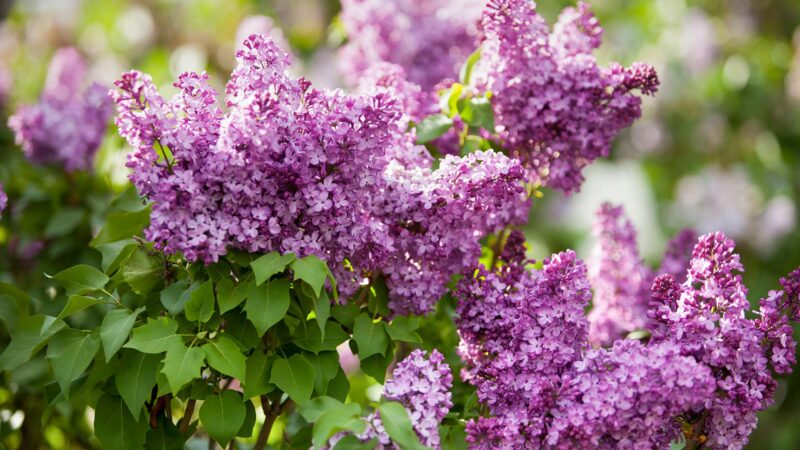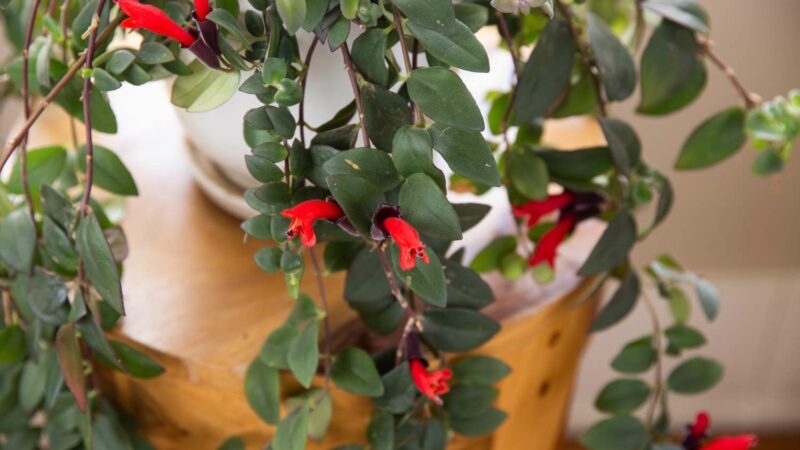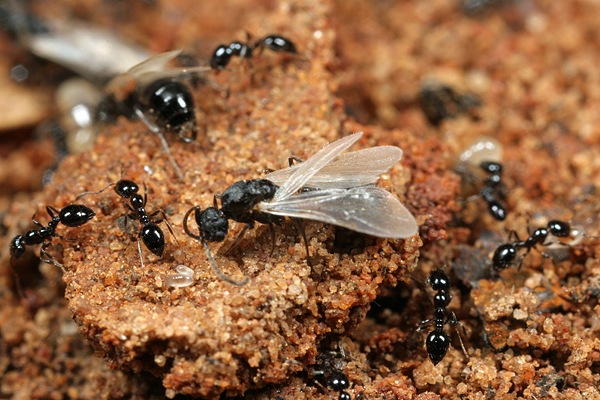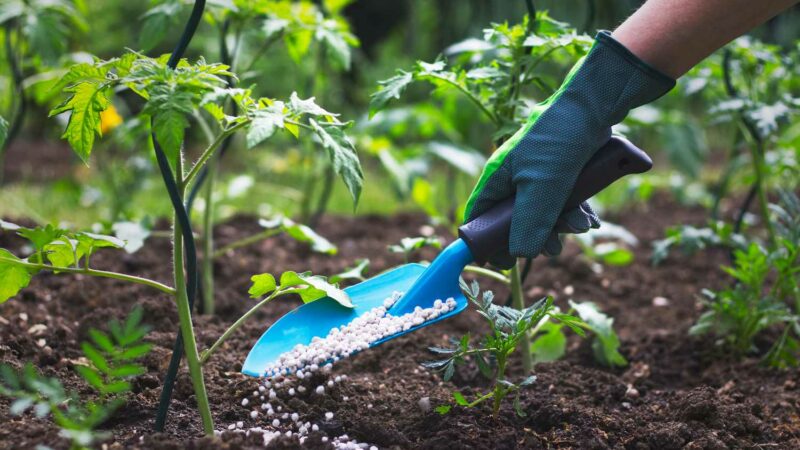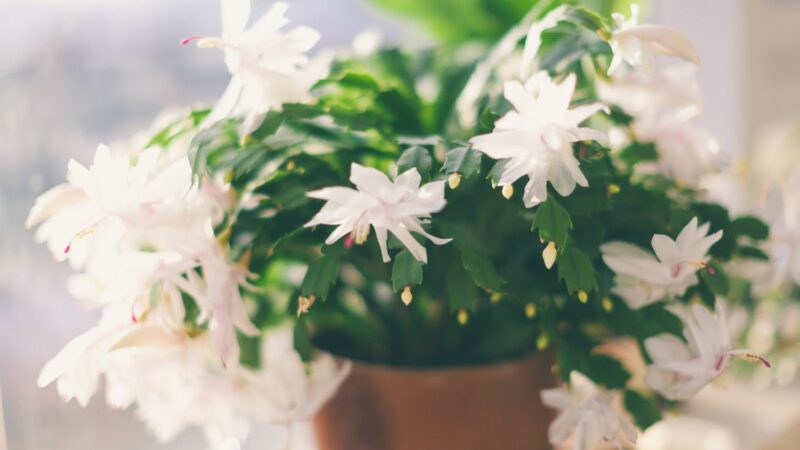Philodendron Pink Princess Care Guide
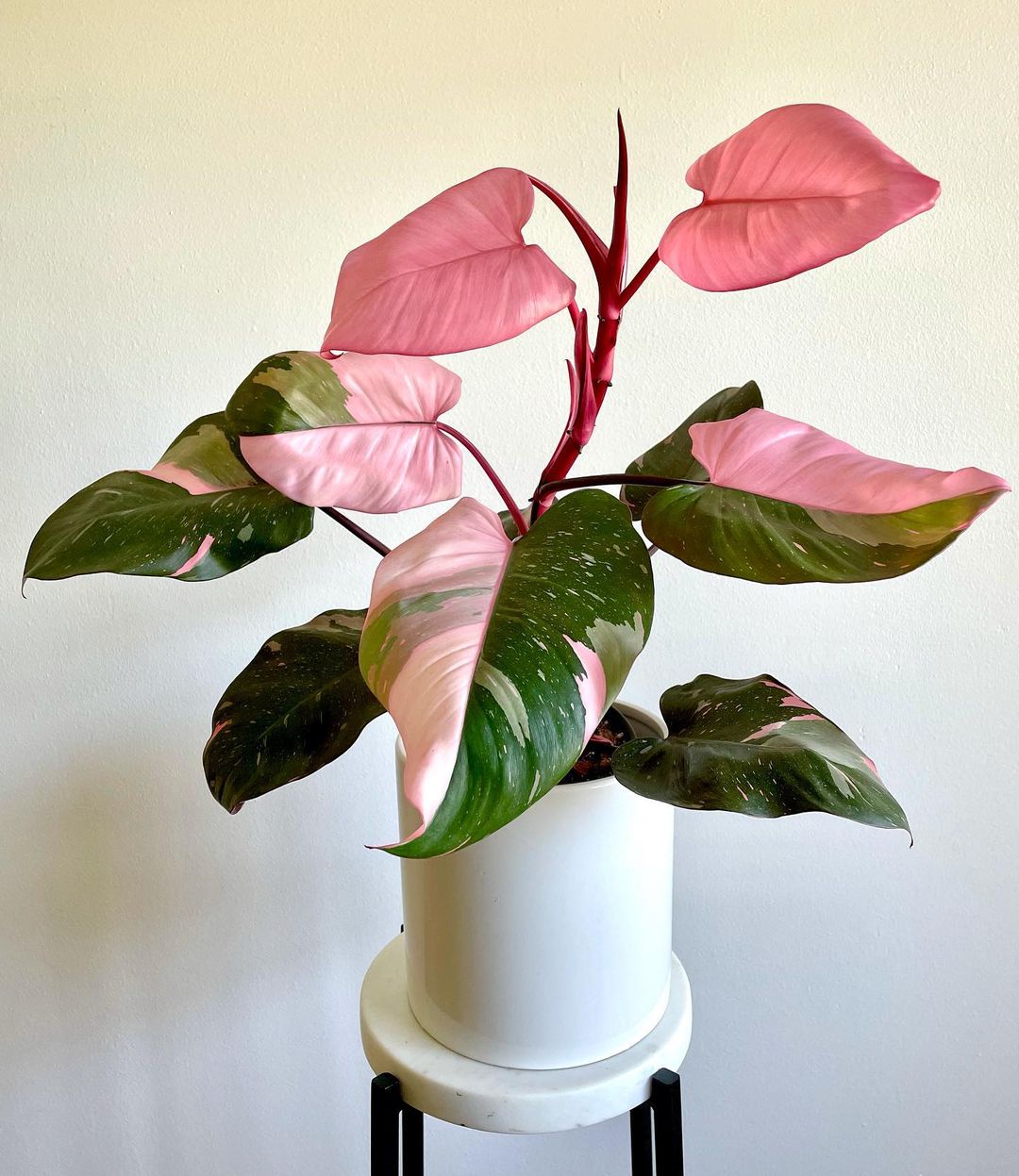
Philodendron Pink Princess – With its breathtaking variegated foliage boasting pink, green, and white hues, this plant has captured the hearts of indoor gardening enthusiasts worldwide. But don’t be fooled by its regal appearance; this tropical beauty requires a special touch regarding its care.
This blog will delve into the essential aspects of nurturing your Philodendron Pink Princess, from ideal growing conditions and watering tips to propagation techniques and troubleshooting common issues.
Whether you’re a seasoned plant parent or just starting your green journey, we’ve covered all the secrets to keep your Pink Princess thriving and flourishing. Let’s unlock the secrets to maintaining this botanical royalty!
How To Do Philodendron Pink Princess Care ?
Caring for a Pink Princess Philodendron requires attention to its specific needs to ensure its vibrant colours and healthy growth. Here’s a step-by-step guide to help you provide the best care for your Pink Princess Philodendron:
- Lighting: Place your Pink Princess Philodendron in bright, indirect light. Avoid direct sunlight, as it can scorch the leaves and cause the pink variegation to fade. Filtered sunlight or a few feet away from a window with a sheer curtain is ideal.
- Watering: Allow the top inch or two of the soil to dry before watering. Overwatering can lead to root rot, while underwatering can cause stress to the plant. Strike a balance and adjust your watering frequency based on the plant’s specific environment and the season.
- Humidity: Pink Princess Philodendrons thrive in higher humidity levels. If your home has dry air, consider using a humidifier or placing a tray filled with water and pebbles near the plant to increase moisture in the air.
- Temperature: Keep the plant in a warm and consistent temperature environment. Avoid exposing it to cold drafts or extreme temperature fluctuations, as this can damage the foliage.
- Soil: Use a well-draining, aerated potting mix that retains some moisture but doesn’t become waterlogged. A mix of peat moss, perlite, and orchid bark works well for Pink Princess Philodendrons.
- Fertilization: During the growing season (spring and summer), feed your Pink Princess Philodendron with a balanced liquid fertilizer every 2-4 weeks. Reduce or stop fertilising in the dormant season (fall and winter).
- Pruning: Regularly remove any yellow or damaged leaves to promote new growth and maintain the plant’s health. You can also trim leggy stems to encourage bushier growth.
- Propagation: Pink Princess Philodendron can be propagated through stem cuttings. Take a healthy cutting with at least two nodes (where leaves meet the stem) and place it in water or a well-draining rooting medium until roots develop.
- Support: As the Pink Princess Philodendron grows, it may benefit from a support structure like a moss pole to climb on. This mimics its natural climbing habit and helps it grow upright.
- Pest Control: Watch for common houseplant pests like spider mites, mealybugs, and aphids. If you spot any infestations, treat them promptly with insecticidal soap or neem oil.
- Rotate the Plant: To ensure even growth and balanced variegation, periodically rotate your Pink Princess Philodendron so all sides receive adequate light.
By following these care tips, your Pink Princess Philodendron will reward you with its stunning appearance and continue to flourish as a striking centrepiece in your indoor jungle.
Tips For Propagating Pink Princess Philodendron
- Choose a healthy stem cutting with at least two nodes.
- Make a clean cut just below a node.
- Remove lower leaves, leaving a few at the top.
- Optional: Use rooting hormone to boost success.
- Place the cutting in water or a well-draining medium.
- Provide high humidity and indirect light.
- Be patient; rooting may take weeks.
- Transplant rooted cuttings into pots with well-draining soil.
- Prune the parent plant to encourage new growth.
- Enjoy the process and experiment with different methods!
Common Pests & Plant Diseases with philodendron pink princess plant
Like any other houseplant, Philodendron Pink Princess is susceptible to certain pests and diseases. Here are some common ones to watch out for:
1. Mealybugs: These small, cotton-like insects often hide in leaf axils and undersides. They suck sap from the plant, causing stunted growth and yellowing leaves.
2. Spider Mites: Tiny red or brown mites that spin fine webs. They suck plant sap, leading to leaf discolouration and webbing on the plant’s surface.
3. Aphids: Small, soft-bodied insects that cluster on new growth, feeding on plant sap and causing distorted leaves.
4. Scale Insects: These pests attach themselves to the plant’s stems and leaves, appearing as small, waxy bumps. They weaken the plant by feeding on sap.
5. Root Rot: A fungal disease caused by overwatering or poorly-draining soil, leading to rotting roots and wilting foliage.
6. Leaf Spot Diseases: Fungal or bacterial infections that cause brown or black spots on the leaves. Excessive moisture and poor air circulation contribute to these diseases.
7. Botrytis Blight: A gray mold that appears on injured or decaying plant tissues, usually caused by high humidity and poor ventilation.
8. Bacterial Leaf Blight: Yellow or water-soaked spots on the leaves caused by bacteria. It can spread rapidly in humid conditions.
9. Viral Diseases: Pink Princess Philodendron can also be affected by viral infections, which may cause mottled or distorted leaves.
Prevention and Treatment:
- Regularly inspect your plant for any signs of pests or diseases.
- Isolate any infected plants to prevent the spread of pests or diseases.
- Maintain good air circulation around the plant to discourage fungal growth.
- Avoid overwatering and ensure well-draining soil to prevent root rot.
- Prune affected leaves and destroy them to prevent further spread.
- You can use insecticidal soap, neem oil, or horticultural oils for pests.
- For fungal diseases, copper-based fungicides may help.
- Always follow the instructions on the product labels and test any treatment on a small part of the plant first to check for any adverse reactions.
By being vigilant and promptly addressing any issues, you can keep your Philodendron Pink Princess plant healthy and thriving in your indoor garden.
FAQs
1. How often should I water my Philodendron Pink Princess?
Water your Philodendron Pink Princess when the top inch or two of the soil is dry. Avoid overwatering, as it can lead to root rot. The frequency may vary depending on humidity and temperature, so it’s best to check the soil moisture regularly.
2. Can I keep my Pink Princess Philodendron in direct sunlight?
No, exposing your Pink Princess Philodendron to direct sunlight is not recommended. It prefers bright, indirect light or filtered sunlight. Too much direct sunlight can cause leaf burn and damage the delicate pink variegation.
3. How can I increase humidity for my Philodendron Pink Princess?
You can increase humidity by misting the plant regularly, using a humidifier nearby, or placing a tray with water and pebbles near the plant. Creating a humid microclimate will help mimic the plant’s tropical habitat and promote healthy growth.
4. My Pink Princess Philodendron is getting leggy. What should I do?
If your plant is becoming leggy (elongated stems with sparse foliage), consider pruning back the leggy stems. This will encourage bushier growth. You can also provide support, like a moss pole, to help the plant climb and grow more upright.
5. How do I propagate my Philodendron Pink Princess?
You can propagate your Pink Princess Philodendron through stem cuttings. Take a healthy cutting with at least two nodes (where leaves meet the stem) and place it in water or a well-draining medium until roots develop. Use rooting hormone to boost success if desired.
